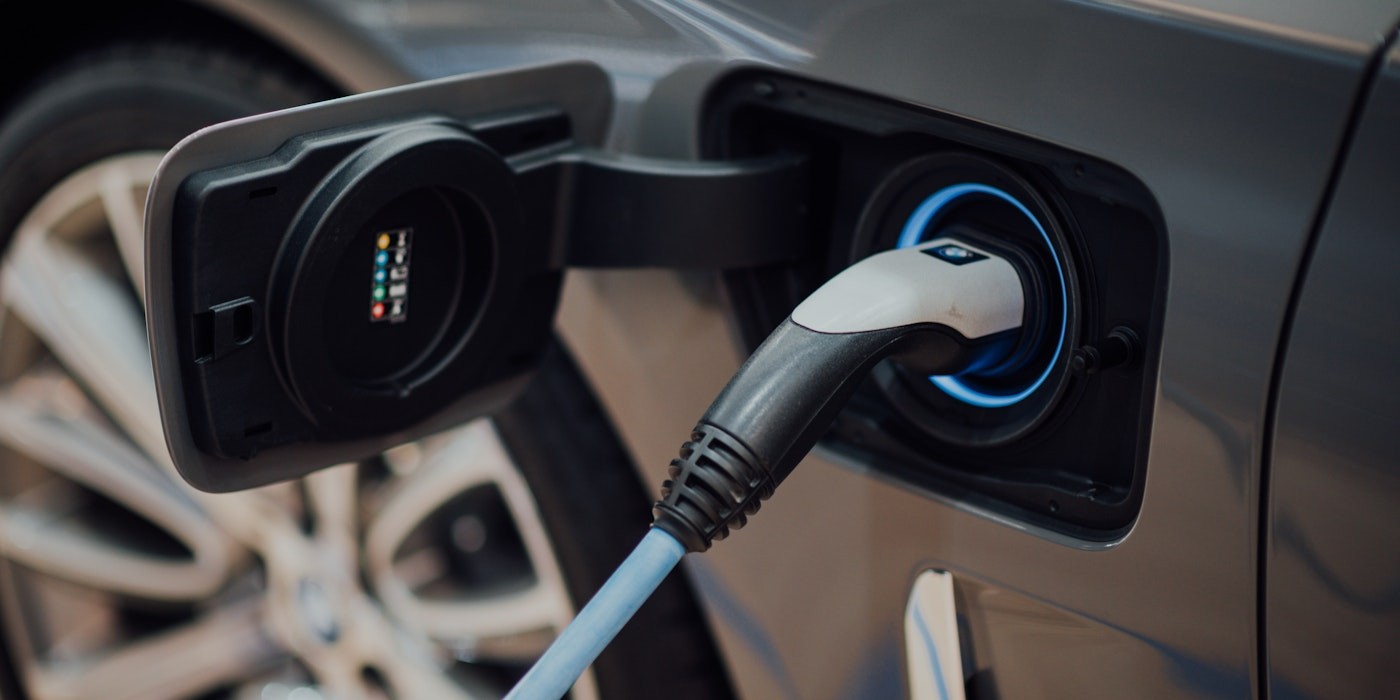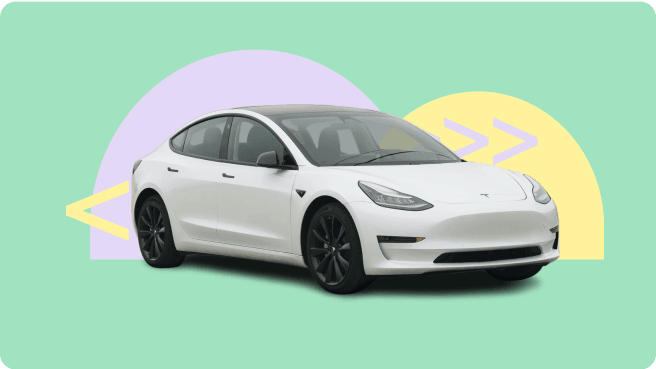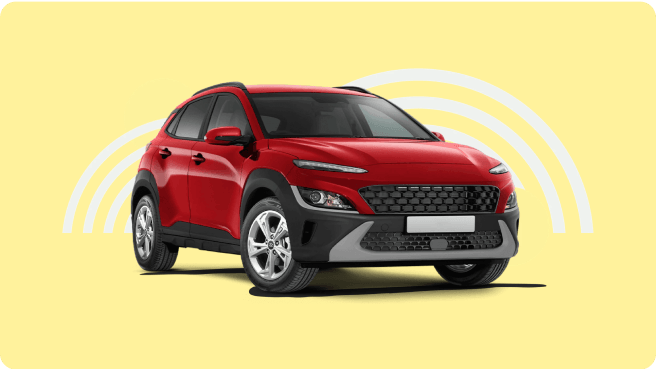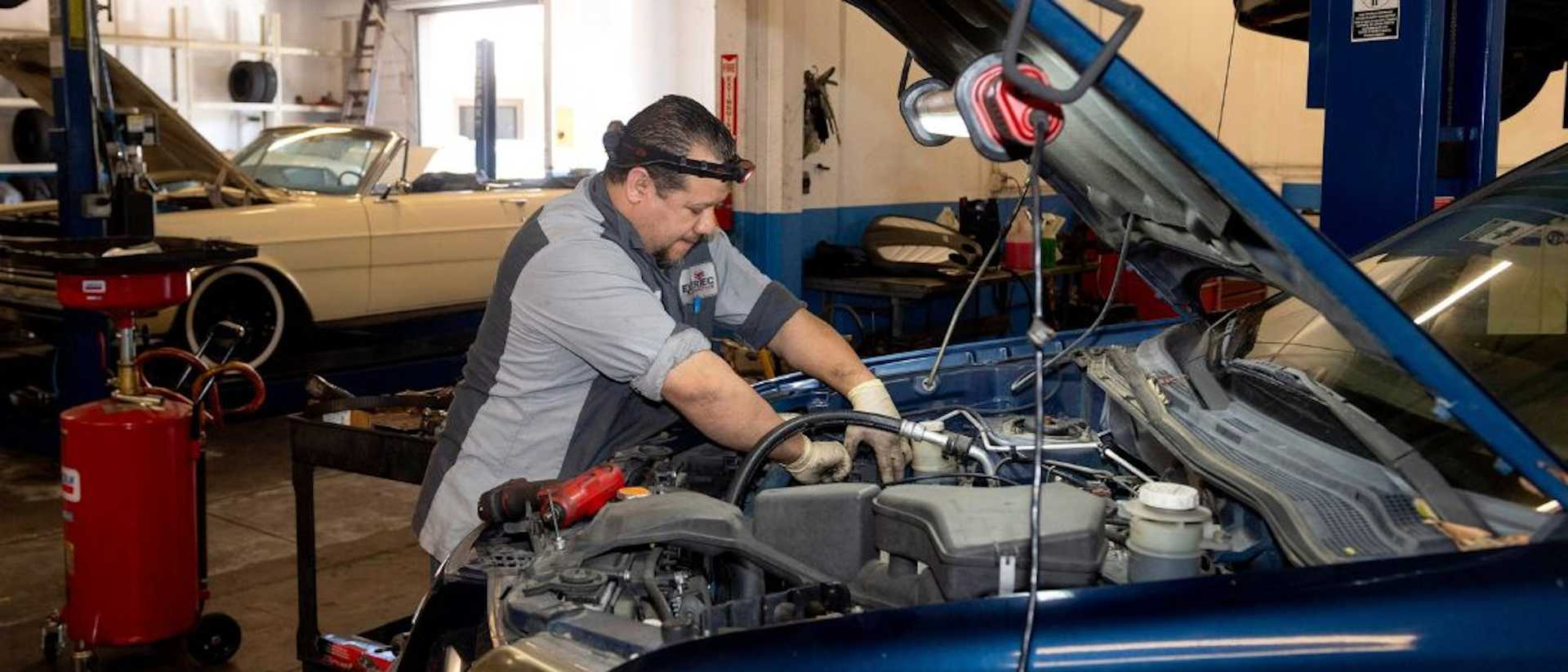The Future Of Electric Vehicles - What Does It Look Like?

The increasing demand for electric vehicles
Major advancements in technology, as well as changes in consumer behaviour and government regulations over the past decade or so, have all contributed to the increasing prevalence of electric vehicles (EVs), both in Australia and around the world. In fact, it is predicted that by 2030, 75% of new car sales will be EVs and 1 in 4 cars on the road will be an EV.
Although only one per cent of Aussies purchased EVs in 2021, many experts are confident that the next twelve months will see a significant increase in EV purchases. One of the contributing factors to this is the wide range of choice that Aussies are set to experience: in 2021 there were 31 EV models available in Australia, and by the end of 2022 there will be at least 58.
Luke Cove, Managing Director of EV charger installers Lightning Solar & Electrical, says that the past few months have seen an especially large increase in demand for EVs:
“One thing we've seen is an undeniable increase in demand for electric vehicles, not just in the past 4 years but significantly increasing in the past 4 months.”
On a global level, the EV market has experienced over a decade of rapid growth, and is recovering quickly from the economic repercussions of COVID-19. It is expected that Europe will be the fastest market to electrify, and is expected to remain as the global leader in electrification. This is largely due to its nature as a regulatory-driven market that has positive consumer demand trends.
Philip Westfall, of RVezy, has commented on the electrification of Europe:
“Europe is proving to be the forerunner in switching to electric vehicles due to the number of conscious buyers promoting clean and green purchasing habits. The institution of regulations that discourage the use of fossil fuels has changed people's minds and promoted the purchase of electric vehicles that align with new environmental goals.”
Global sales of electric vehicles
Electric cars experienced a record year of sales in 2020, with the global EV stock hitting the 10 million mark - which was a massive 43% increase from 2019. In 2020, China had 4.5 million EVs, making it the largest fleet in the world, while Europe experienced the largest increase to hit 3.2 million vehicles.
In the first half of 2020, new car registrations dropped by a third, as the entire world experienced an unprecedented drop in car sales due to the COVID-19 pandemic. Stronger activity in the second half of 2020 and beyond meant that the EV market recovered fairly quickly. In Europe, the main reason for the quick recovery and surge in sales was two major policy measures: subsidy schemes that were implemented for EVs post-pandemic, and 2020 being the target year for the EU’s CO2 emission standards that limited the average carbon dioxide emissions per km driven for new cars.
The current major players
Though there are a growing number of car manufacturers who are jumping on the EV bandwagon, there are five major players that are currently dominating the market. Coming in at a clear number one is Tesla, who holds over a 21 per cent share in the fully EV market. In fact, Tesla’s Model 3 itself, as the most sold EV ever, holds a 12 per cent market share.
The second biggest EV player is also the largest carmaker in the world, SAIC Motor. SAIC holds a 13 per cent share of the fully EV market and is the most popular choice for EVs in China. Following these two major players are Volkswagen at 10 per cent, BYD at 6.5 per cent and Hyundai at almost 5 percent of the market.

Emerging players
Though these major car companies are currently dominating the EV market, there are a number of exciting emerging players that are worth keeping an eye on.
Rivian is arguably one of the strongest new EV startups, and has enjoyed the backing of a number of major investors including Ford and Amazon. Rivian currently has a market capitalisation of more than $90 billion dollars, and its R1T pickup is now on sale.
Another exciting emerging player is Lucid, whose CEO and Chief Technology Officer was integral in the creation of the original Tesla Model S.
Finally, Polestar is a Swedish company that is jointly owned by Volvo and Geely, but remains a standalone brand. Their first model was a high performance plug-in hybrid, but the Polestar 2 along with all of its future products, including the anticipated Polestar 3 SUV, are fully electric. James Reeves, of Saxton 4x4, is particularly interested in the future of electric SUVs, saying that “One of the largest trends in electric vehicle markets I predict for the next 5 - 10 years is the increasing production of Electric SUVs by top brands. You might think that SUVs and environmentally friendly cars are polar opposite but that's where electric SUVs come in. They combine the best of both worlds.” Polestar is likely to be a key disruptor in Australia's highly competitive small SUV market.
New technologies
There are a number of reasons why EVs have been so popular around the world, but for many customers, the environmental benefits are by far the largest drawcards. Pure EVs produce no carbon dioxide emissions while driving, which significantly reduces air pollution.
Going forward, EV companies will be seeking to further reduce material emissions in the actual production of the cars, primarily by increasing the amount of recycled materials used in making EVs as well as shifting towards green raw materials (ie: high-grade materials that have low emissions footprints).
Jamie Page Deaton, Editor-in-Chief of CarTalk.com, suggests that there are three main trends in EVs in the short term:
“The three biggest trends… will be expanding range, lower costs, and increased commercial applications. As battery technology improves, we will see longer range available on electric vehicles, so consumers will no longer need to buy the top-of-the-line model to get more than 200 miles of range.
At the same time, as electrical vehicle makers start to recoup some of their development costs due to wider adoption of EVs, prices should go down for consumers.
Finally, with the increased range and lower costs, we'll see more commercial fleets adopt EVs, so it won't be uncommon to have electric delivery vehicles, as well as electric trucks for contractors and tradespeople.”
Final thoughts
Though EVs may have seemed at one point a futuristic concept, they are already set to fundamentally transform the automotive industry, and this is a crucial move to dramatically reduce carbon emissions and tackle climate change and the host of environmental issues that exist in our world. EV sales have grown exponentially in recent years, alongside the availability and diversity of EVs, with exciting steps being taken in the electric SUV and utility vehicle markets. With these two types of vehicles generally being the biggest gas guzzlers, a fully electric version could yield great environmental results.
.png)
How far will electric cars go in the future?
It’s no secret that electric cars aren’t cheap in Australia, and they have their fair share of problems. But with the projected growth of the EV market, and helpful government incentives, there’s no telling how far the rollout of fully electric vehicles will go. EV producers estimate that by 2025, electric models will be able to travel over 900 kilometres on a single charge. Alongside the technology improvements in EVs, the NSW government has begun constructing an EV highway to support all electric cars over longer distances.
This year, the government hopes to pass an Electric Car Discount Bill in parliament, bringing down prices and making EV’s more accessible. This follows a global trend of growing market share, with the number of electric and hybrid cars sold globally doubling from 2020 to 2021.
These trends will likely entice major car companies to expand their share of the Australian EV market, lowering prices and encouraging brands to bring out fully electric versions of their top models. A whole new suite of four wheel and all wheel drive model, as well as sports cars, are set to be released over the coming year, signalling an exciting time ahead for the EV industry and buyers alike.
Why are electric cars the future?
As awareness of global environmental problems grows, consumers and producers alike must change their purchasing habits to encourage lasting change. The market for internal combustion engine vehicles is likely to dwindle, as governments across the globe subsidise and regulate the EV market to improve environmental outcomes. As the market for electric cars grows, consumers will enjoy falling upfront costs, as well as significant cost savings on running and maintenance. Even the largest car manufacturers are jumping on board the EV trend. Electric models of the SUV such as the Hyundai Kona are already well established in the market, and EV versions of the pickup truck such as the Ford F-150 are set to hit Aussie shores shortly. The market for electrified 4WDs is also set to grow rapidly.
The market for sports cars is set to be electrified as well, with Audi and BMW expanding their EV range. Audi will release their A6 e-tron in 2023 to much anticipation. Bentley will release five new electric models to replace their existing fleet, and American producer GMC are set to release the GMC hummer EV, signalling a broader trend in the luxury car market.
What new electric car companies are on the rise?
Long gone are the days where the Tesla Model X and the Toyota Prius were the only EV models on the market. As the market for electric cars has grown, so too has the number of competitors, with major car companies such as BMW and Hyundai taking their share. EV sales have grown unanimously, with several up and companies rising to compete with the major manufacturers.
Chinese Car manufacturer BYD (Build Your Dreams), though holding a large market share in China, have started making inroads into the Aussie market. They’ve begun taking orders for their Atto 3 electric SUV, which could compete with the MG ZS for the most affordable electric SUV. Nio, another Chinese EV brand, has plans to enter the Australian market by 2025.
Californian start-up Canoo has also seen impressive growth with its small pickup model. Though just a concept at the moment, production models are set to be produced in 2024. At the time of production, Canoo will expand the small EV utility vehicle market, which could significantly improve affordability.


.png)







